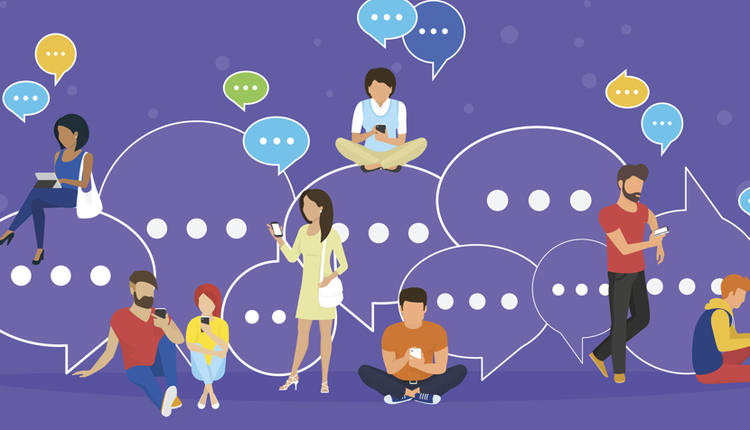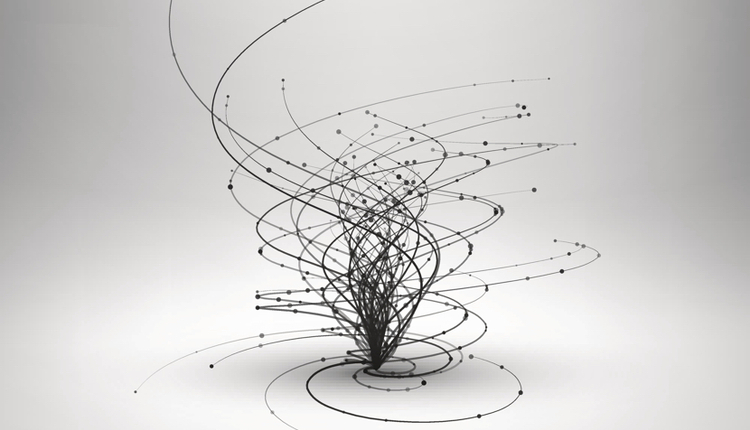
Image by: venimo, ©2017 Getty Images
“We didn’t do anything wrong, but somehow, we lost” was the final statement made by former Nokia CEO Stephen Elop at the press conference announcing the acquisition of the company's mobile phone business by Microsoft. How rapidly smartphone technology and the development of mobile apps have advanced in just the last decade is nothing short of phenomenal. Yet, these advancements in technology will be a double-edged sword for organizations unable to keep up. In today’s mobile environment, consumers can check account balances, transfer funds, pay bills, research products, and make purchases quickly and easily. These capabilities have successfully paved the road for increased expectations from a customer experience perspective.
Customer experience (CX) initiatives have topped the list of strategic priorities for many organizations, putting CX above new product development. However, this increased focus on customer experience should be coordinated simultaneously with the organization’s customer communications management (CCM) strategy.
As an organization, generation and delivery of documents in real time has changed from a “nice to have” option to a “must have” in order to remain competitive and gain market share. Despite having a great product or service, consumers now expect instant gratification when it comes to conducting business with an organization. Those that have this capability will no doubt see an increase in market share, while those that are behind the eight ball might lose out on the opportunity.
In April 2016, the US Census Bureau reported that millennials have surpassed baby boomers as the largest living generation in the country. This “digital native” generation will be turning 20- to 36-years-old this year, which means that they will be in the market to apply for a mortgage, purchase insurance, select health coverage, and start saving for retirement. They will pay utility bills, credit card bills, and conduct numerous e-commerce transactions using their smartphones and other mobile devices. This generation seeks out digital experiences and thrives on the instant gratification it gives them. Waiting a couple days for a communication to be created, printed, and delivered to their mailbox might be just enough for them to decide to take their business elsewhere.
The moral of the story is that change is necessary to keep up with the competition. Organizations that are examining their CCM strategy should focus on how CCM will support the customer experience and engagement in order to continue to keep up with consumer expectations. Real-time document creation and delivery will be key in meeting those expectations, resulting in an enhanced customer experience.
In April 2016, the US Census Bureau reported that millennials have surpassed baby boomers as the largest living generation in the country. This “digital native” generation will be turning 20- to 36-years-old this year, which means that they will be in the market to apply for a mortgage, purchase insurance, select health coverage, and start saving for retirement. They will pay utility bills, credit card bills, and conduct numerous e-commerce transactions using their smartphones and other mobile devices. This generation seeks out digital experiences and thrives on the instant gratification it gives them. Waiting a couple days for a communication to be created, printed, and delivered to their mailbox might be just enough for them to decide to take their business elsewhere.
The moral of the story is that change is necessary to keep up with the competition. Organizations that are examining their CCM strategy should focus on how CCM will support the customer experience and engagement in order to continue to keep up with consumer expectations. Real-time document creation and delivery will be key in meeting those expectations, resulting in an enhanced customer experience.
For more information on building a business case for real-time document creation and delivery, don't miss Gina's session at at DSF ’17, May 1-3, 2017 in Downtown Chicago.
Gina Ferrara is a Senior Analyst with Madison Advisors and provides advisory services to organizations in the financial services and service provider industries. Visit www.madison-advisors.com or follow them on Twitter @madison_advisor.




















